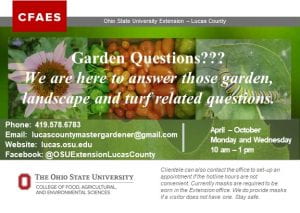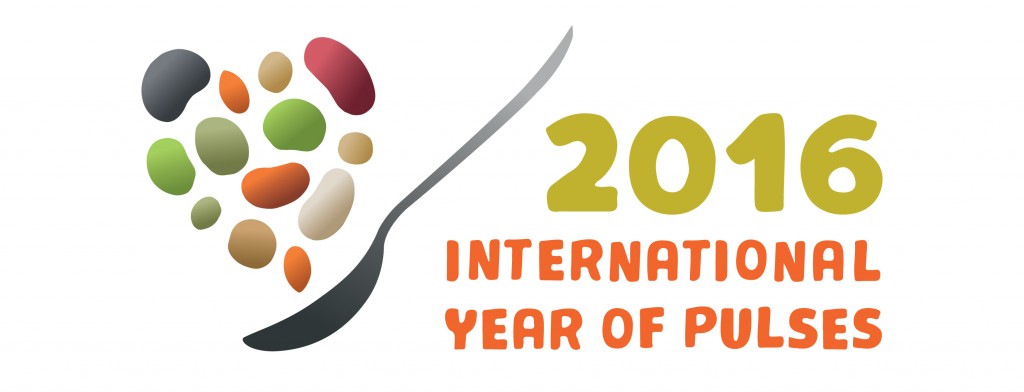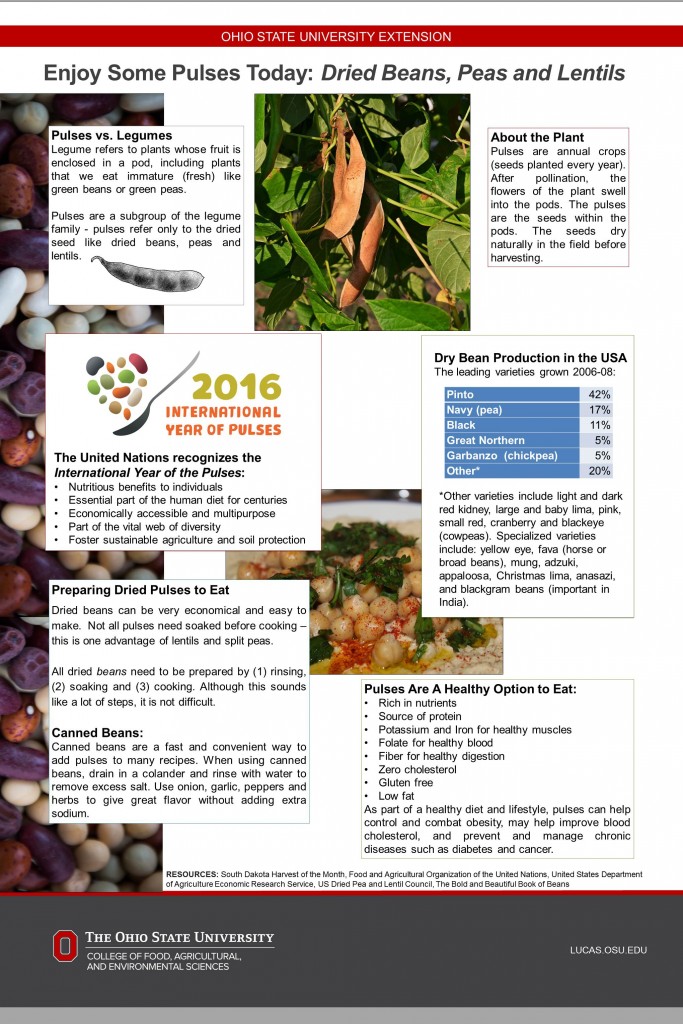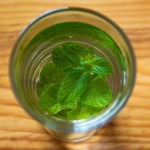Planting a fall vegetable garden is a great way to extend the growing season and enjoy some cool weather crops after the heat of the summer fades away. Some vegetables love cooler weather!
It’s important to know about the average number of days to harvest for each crop, the cold temperature tolerance of vegetables, and the average anticipated date of the first frost in your area (around October 15th for Northwest Ohio). If you have questions from an online presentation, please contact Amy Stone stone.91@osu.edu or Patrice Powers-Barker powers-barker.1@osu.edu (information updated summer 2020 – thanks going out to Pam Bennett and Carri Jagger for their assistance on garden content).
Fall Vegetable Garden Charts
The following charts give general information on when to plant vegetable seeds for a fall garden harvest in Ohio:
PowerPoint Slides for 2020 Fall Vegetable Garden lesson
OSU Extension Resources related to gardening and vegetables:
Additional Resources
The following blogs and factsheets are from neighboring states and share additional information about fall vegetable gardens. Note for Ohio growers, the seasonal calendar dates will be different for different growing zones so take that into consideration when reading recommended planting and harvesting dates from other areas.
References
Cool Season Crops, (2020), Seed Savers Exchange, Retrieved from https://www.seedsavers.org/cool-season-plants
Durham, R., Strang, J., Williams, M., Wright, S., Bessin, R., Lee, B., Pfeufer, E. (2019). Vegetable Gardening in Kentucky. Retrieved from http://www2.ca.uky.edu/agcomm/pubs/id/id128/id128.pdf
Gardening in small spaces, bulletin #2761, University of Maine Cooperative Extension, Retrieved from https://extension.umaine.edu/publications/2761e/
Jonael. (2017). Growing fresh cilantro in your garden or small farm. Institute of Food and Agricultural Sciences and University of Florida. Retrieved 06/23/20 from http://blogs.ifas.ufl.edu/hardeeco/2017/10/26/growing-fresh-cilantro-garden-small-farm/
Lerner, R. (2020). Versatile vegetables for fall gardening. Purdue Agriculture. Retrieved from https://www.purdue.edu/hla/sites/yardandgarden/versatile-vegetables-for-fall-gardening/
Lilley, J., (2017 April 20). Succession planting. University of Maine Extension. Retrieved from https://extension.umaine.edu/cumberland/2017/04/20/succession-planting/
Planning for the garden. (no date). Ohio State University Extension, Excerpted from OSU Extension Bulletin 287 Home Vegetable Gardening, (1991, out of print) Utzinger, Brooks and Wittmeyer. Retrieved from https://wayne.osu.edu/sites/wayne/files/imce/Program_Pages/ANR/Garden/Planning%20and%20Planting%20%20the%20Garden.pdf
Ulry, L. (2019). Growing with the seasons. 4-H 692. Ohio State University Extension. https://extensionpubs.osu.edu/growing-with-the-seasons/
Voyle, G. (2012). Fall vegetable crops for your garden. Michigan State University Extension. Retrieved from https://www.canr.msu.edu/uploads/files/E3172_-_Fall_Vegetable_Plants_for_your_Garden.pdf
When to Plant Vegetables: The Garden Planting Calendar (2020). The National Garden Association. Retrieved from https://garden.org/apps/calendar/





































